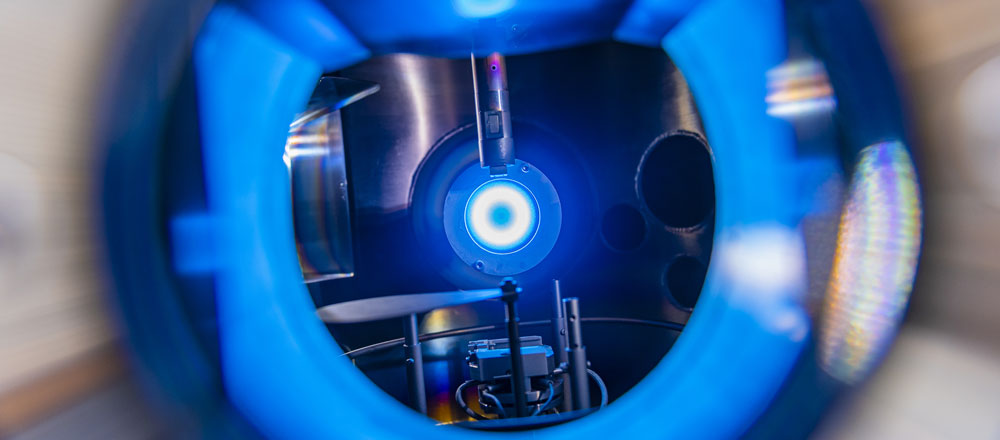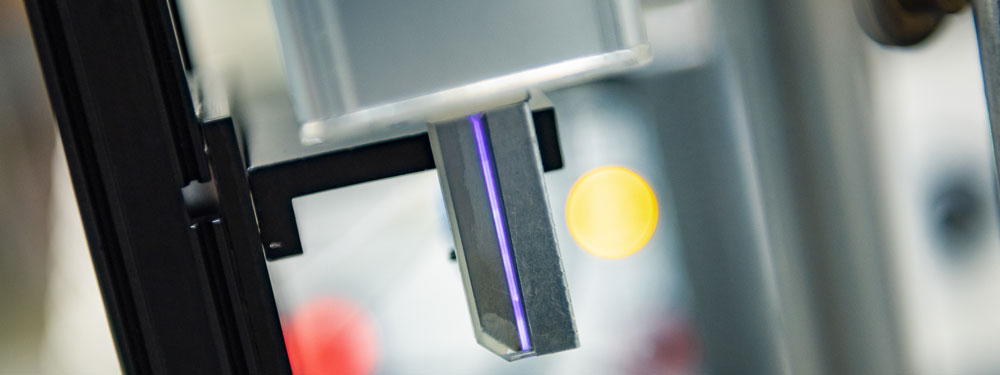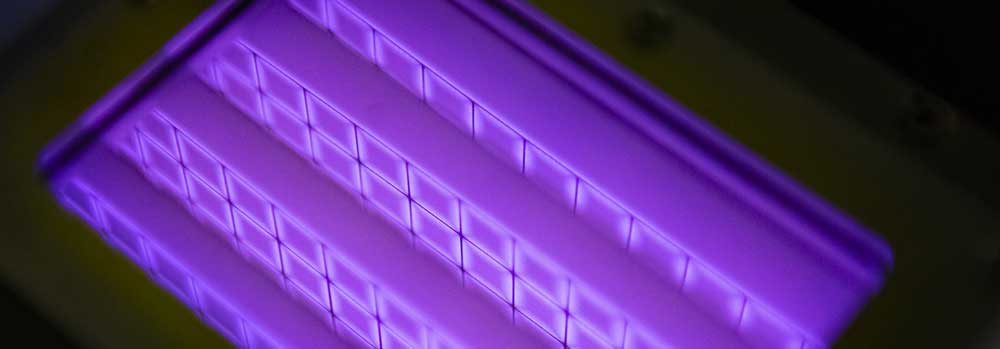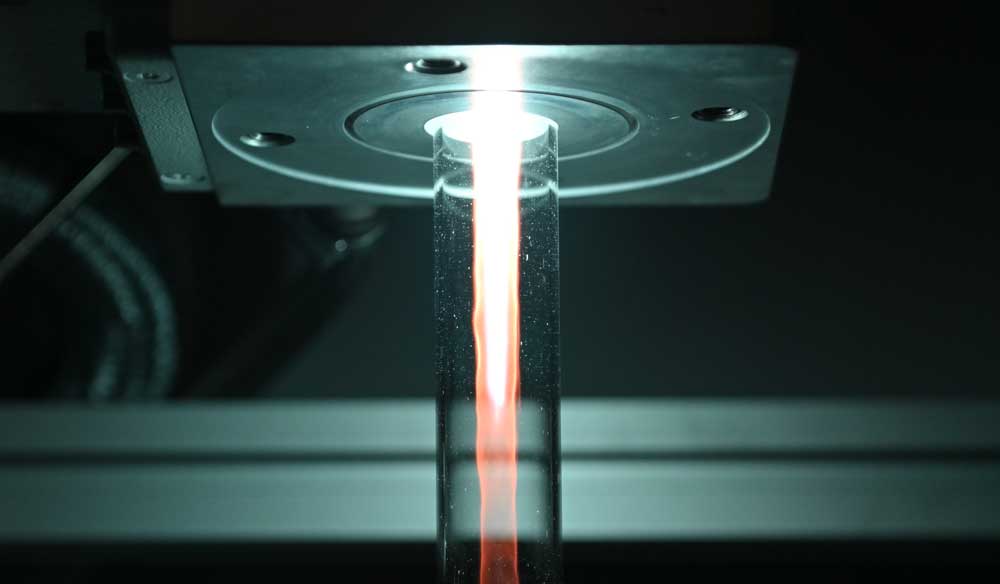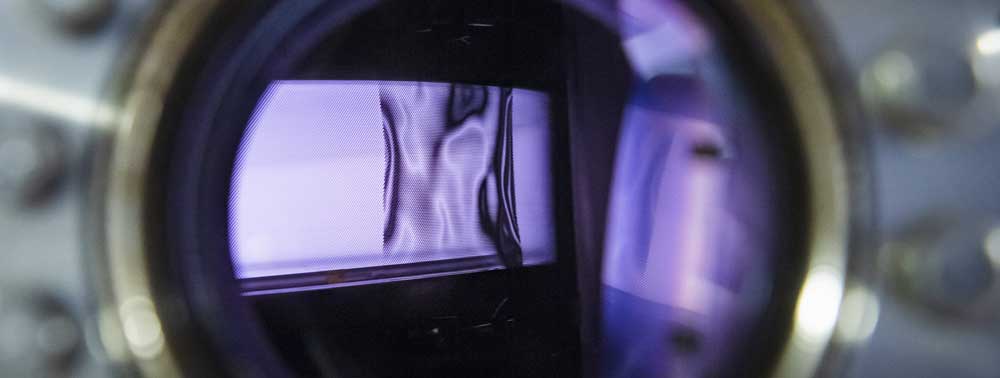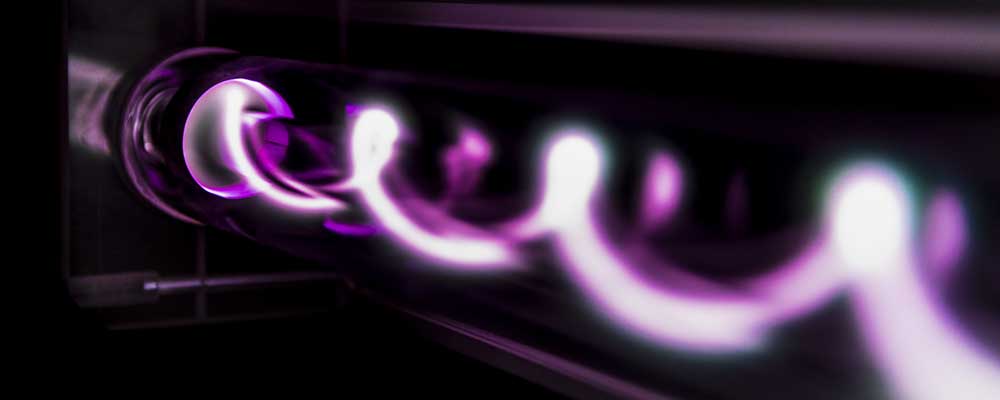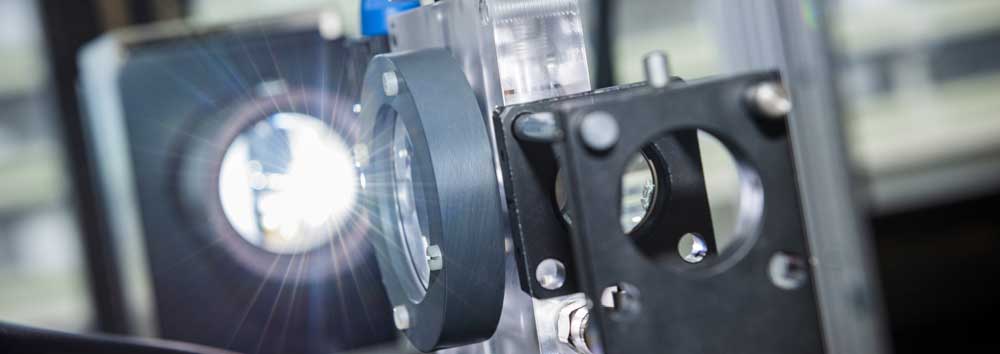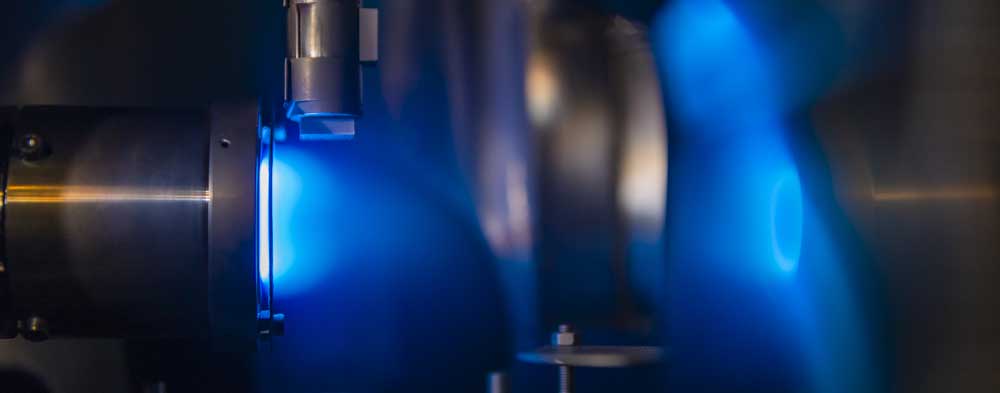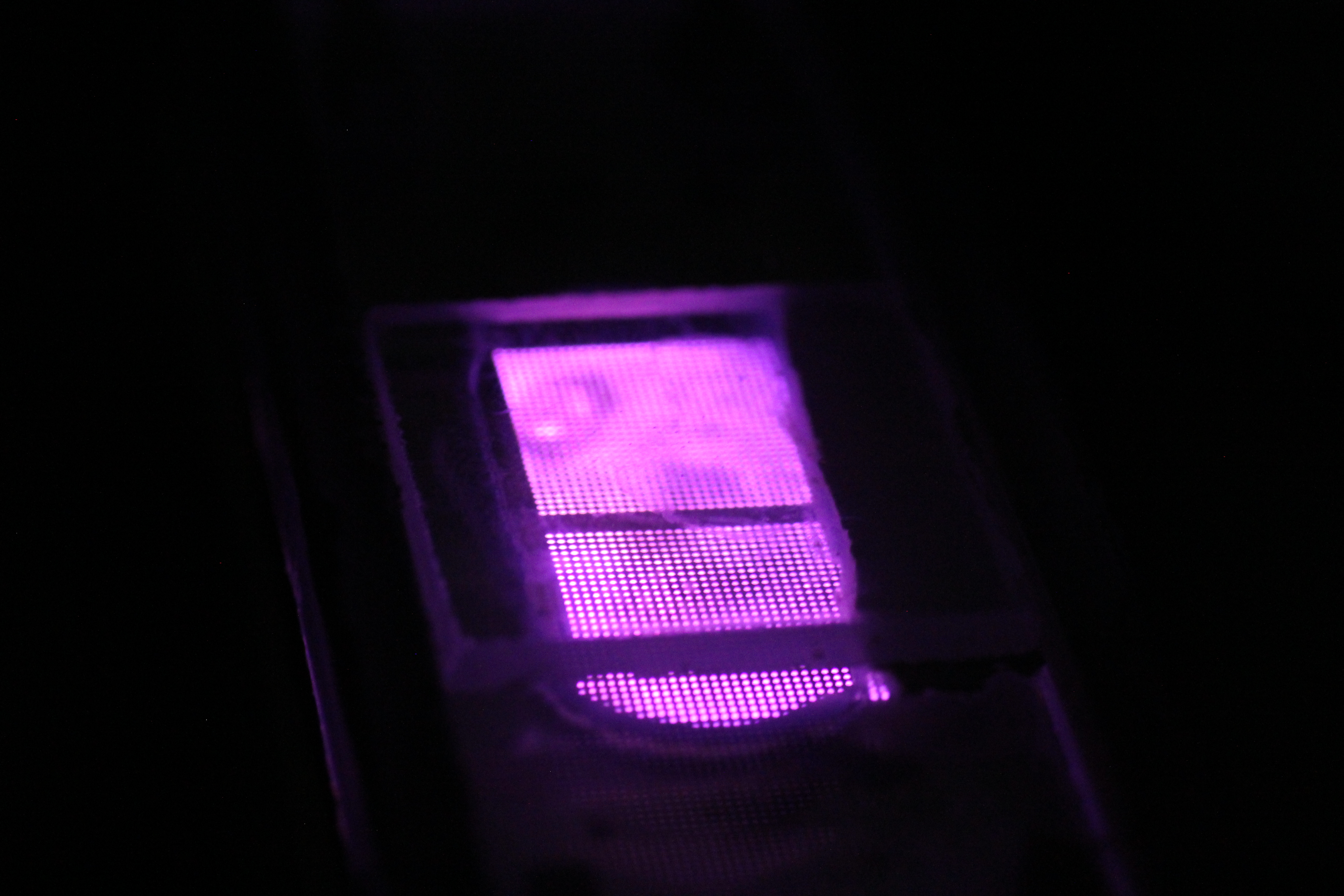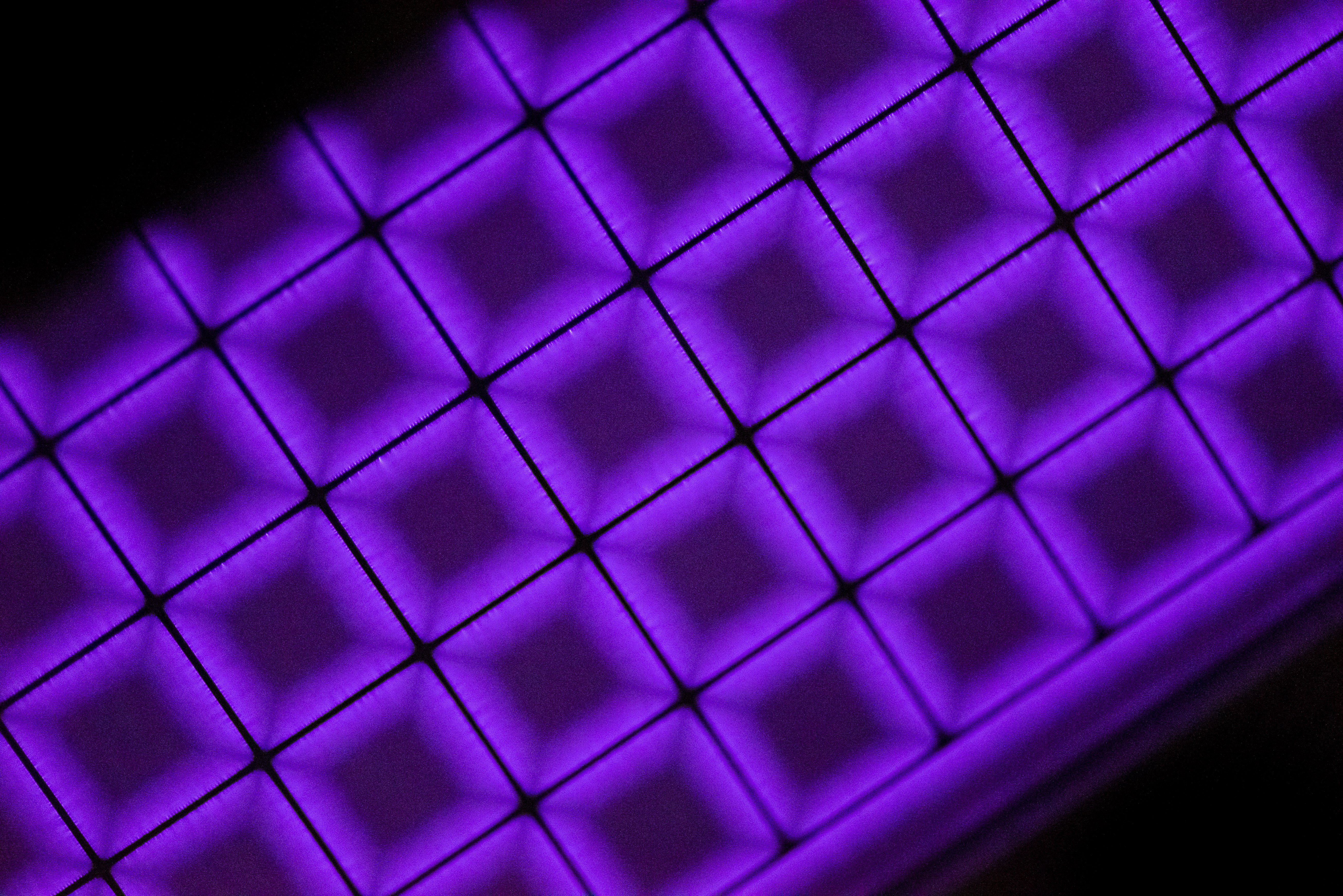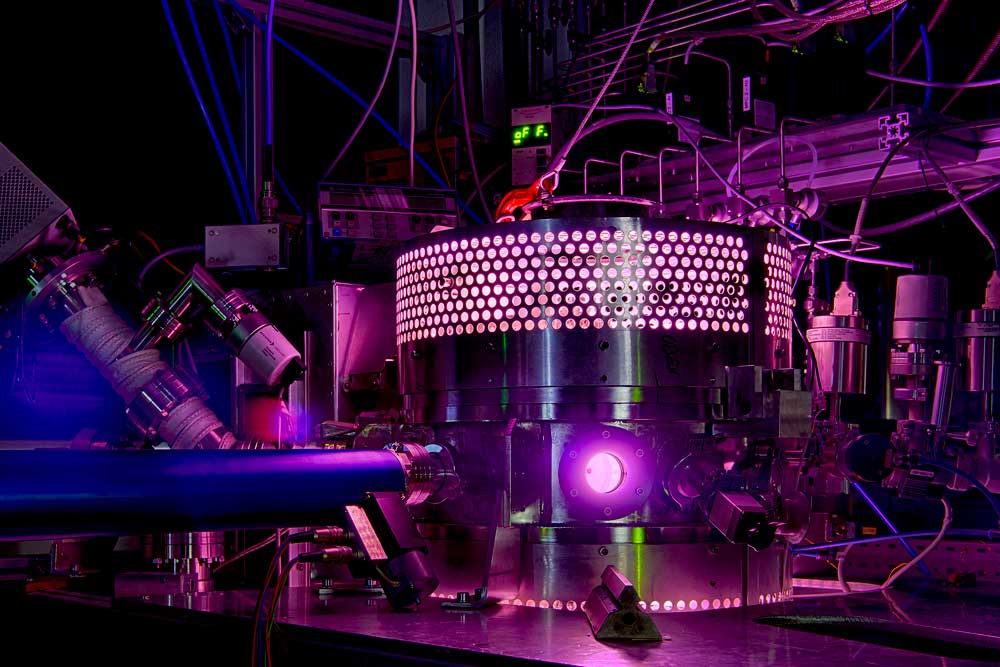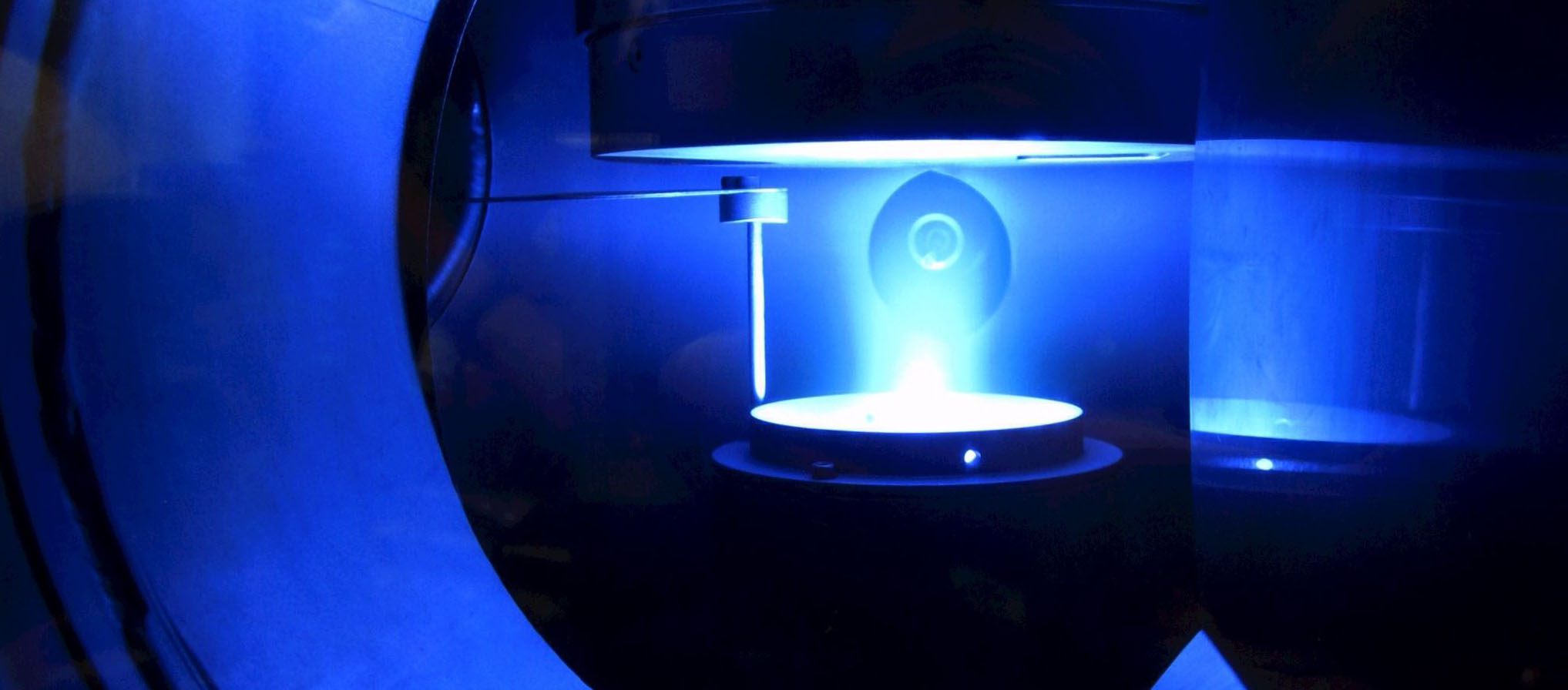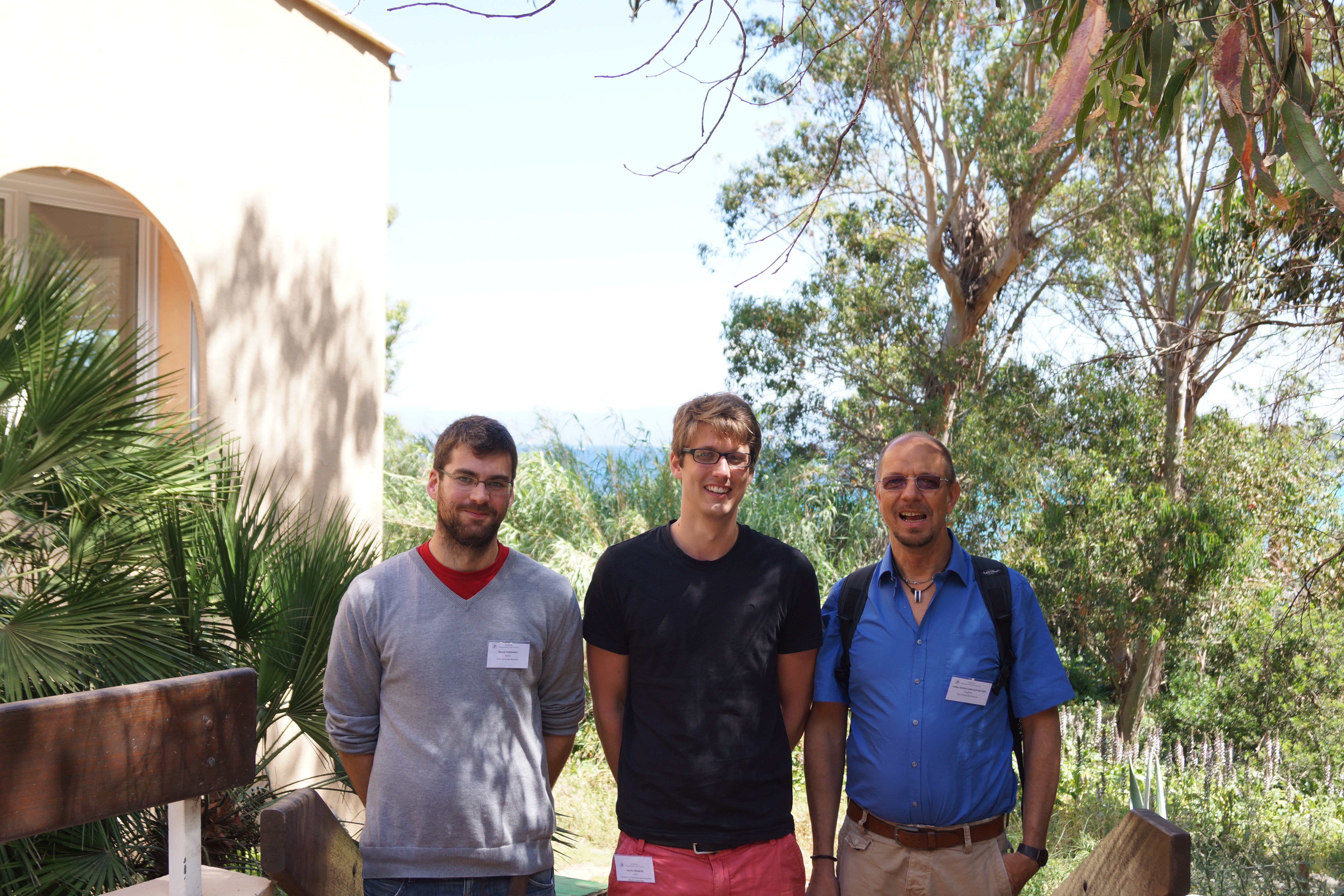- Details
Programm Plasma Day 2015
Date: 25.06.2015
Place: Event Center, RUB, Bochum
www.rd.rub.de/plasma/events/plasmaday2015.html
- Details
EP2
DR. MAHDI SHIRAZI
Dr. Mahdi Shirazi from Universiteit Antwerp is a Marie Curie ITN RAPID fellow and gives a presentation during his secondment at the Ruhr-University Bochum on Monday, June 29th, 2015 at 9:15 am, NB 5/158 (Seminarraum EP2). His talk is about Multi-scale modelling of plasma catalysis.
n this research, the interaction of free radical species with a Ni catalyst surface were studied by density functional theory (DFT) calculations, and this information is now being implemented in a kinetic Monte Carlo model, to study the catalytic mechanisms.
He comes from the research group PLASMANT. The research group is part of the chemistry department, and belongs to the center-of-excellence NANO of the University of Antwerp. The group specialized in computer modeling of plasmas and plasma-surface interactions, for applications in material science, the microelectronic, medical and environmental applications (plasma catalysis).
Anybody interested, is welcome to join!
Photo: Mahdi Secondment Manchester
- Details
EP2
DR. DAVID NECAS
Dr. David Necas from Masaryk University in Brno (group of Lenka Zajickova), Czech Republic, will hold within our Material group meeting a short talk on the topic "Mapping of thin film properties using imaging spectrophotometry". The meeting is on June 16th, 2015, at 9:15 in NB 5/131.
Everybody is invited.
- Details
11TH FRONTIERS IN LOW TEMPERATURE PLASMA DIAGNOSTICS
The 11th biennial Frontiers in Low Temperature Plasma Diagnostics (FLTPD) workshop was being organised by the PIIM laboratory (Aix-Marseille University and the CNRS). It was held on the beautiful Mediterranean island of Porquerolles, approximately 15 min by boat from the mainland. It took place from Sunday 24th to Thursday 28th May, 2015 at the IGESA conference centre.
Marcel Fiebrandt and Moritz Oberberg (both AEPT), Dr. Volker Schulz-von der Gathen (EP2) as well as Prof. Dr. Uwe Czarnetzki, Dr. Emile Carbone, Dr. Tsanko Tsankov, and Xi-Ming Zhu (all EP5) participated.
link to conference website
- Details
EP2
PROF. PETR VASINA AND JAREK HNILICA
Tomorrow, Tuesday, June 09, 2015, Assoc. Prof. Petr Vasina and Jarek Hnilica from Masaryk University in Brno, Czech Republic will be guests at SFB-TR 87. Starting at 3 p.m. they will give short talks on these topics:
- Cathode voltage and discharge current oscillations and spoke behaviour during HiPIMS discharge.
- Determination of sputtered species number densities by optical emission spectroscopy
All interested parties are cordially invited to attend. Meeting point is building NB of the Ruhr-University Bochum, room 5/158.
Prof. Vasina and Jarek Hnilica come from the second largest university in the Czech Republic and work there in the Department of Physical Electronics. Both are specialized in the field of plasma physics.
- Details
TET
PROF. DR. WILLIAM HITCHON
From June 17 to 19, 2015, Prof. Hitchon from the University of Wisconsin-Madison (USA) will be a guest at SFB-TR 87. He has worked in the Department of Electrical and Computer Engineering since 1982 and will give an overview of his research on the simulation of low temperature plasmas. The talk has been held on Friday, June 19, 2015 at 10:30 a.m. (Ruhr-Universität Bochum, Building ID, Room 03/411).
Prof. Hitchon already visited the SFB-TR 87 in Bochum during the first funding phase. Since then a fruitful cooperation exists.
- Details
DANIEL SCHRÖDER AM GREMI
PhD student Daniel Schröder visits Prof. Dr. Eva Kovacevic at GREMI in Orléans, France, from May 17th-22nd, 2015.
- link to Eva Kovacevic
- Details
AEPT
DR. HELENA BARMINOVA
Dr. Helena Barminova from the National Research Nuclear University MEPhI Moscow will give a lecture on "Instabilities of a negative ion beam in the initial stage of its formation" on 19.05.2015 from 10:15 am in building ID. The room is ID 04/401. Interested persons are welcome!
- Details
8TH INTERNATIONAL WORKSHOP ON MICROPLASMAS
The 8th International Workshop on Microplasmas (IWM 2015) was held from May 11-15, 2015 at Seton Hall University, Seton Hall Law School campus, located in Newark, New Jersey. The IWM is hosted by the Department of Physics of the College of Arts & Sciences and the Gibbons Institute, Science & Technology Law of Seton Hall University. The German-French collaboration between GREMI (Orléans) and RUB (Bochum) continues and was being strengthened overseas as well as you can see on the photo: PhD students Judith Golda from RUB (right) together with Valentin Felix from GREMI (left).
Prof. Dr. Remi Dussart (GREMI) gave an invited talk about the common resarch topic "Performances
and instabilities of silicon based microdischarges".
link to conference website
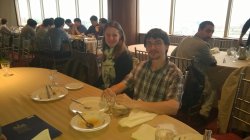
- Details
MAE MOURNS LOSS OF PROFESSOR WALTER LEMPERT
The Research Department Plasma is deeply saddened by the passing of Prof. Walter Lempert on April 11, 2015. He collaborated closely for many years with Prof. Uwe Czarnetzki and his group at EP5. He will be greatly missed.
"The department was deeply saddened by the passing of Walter Lempert on April 11, 2015.
Lempert was a faculty member in the Department of Mechanical and Aerospace Engineering and co-director of the Non-Equilibrium Thermodynamics Laboratory (NETL), a major research laboratory containing state-of-the-art computational and experimental facilities among the most advanced at any U.S. university.
The NETL thrust area is energy, fluid and thermal systems, studying effective fuel use, reduced emissions, improved performance and cost effectiveness – critically important industrial and societal goals. Lempert and his colleagues led research and education focused on analytical, computational and experimental techniques for achieving these goals.
Lempert’s primary research was on the application of atomic and molecular spectroscopy to problems of engineering interest, inherently interdisciplinary, combining such diverse subjects as nonlinear optics, fluid mechanics, plasma physics and energy transfer. He is a notable author of numerous publications, papers and presentations helping to enhance the department’s reputation in energy, fluid and thermal systems.
Lempert left an indelible mark at Ohio State and a legacy of dedicated excellence in education and research. His cheerful personality, friendliness and warmth among faculty, staff and students will be greatly missed."
link to obituary Walter Lempert
- Details
EP5
MARC VAN DER SCHANS
Marc van der Schans from the Department of Applied Physics, Elementary Processes in Gas discharges (EPG) of TU Eindhoven (Netherlands) will give a talk on "Manipulation and Application of Cold Plasmas in Open Air" on Thursday 07.05.2015, 16:15 in the seminar room NABF 05/694. Interested parties are welcome!
